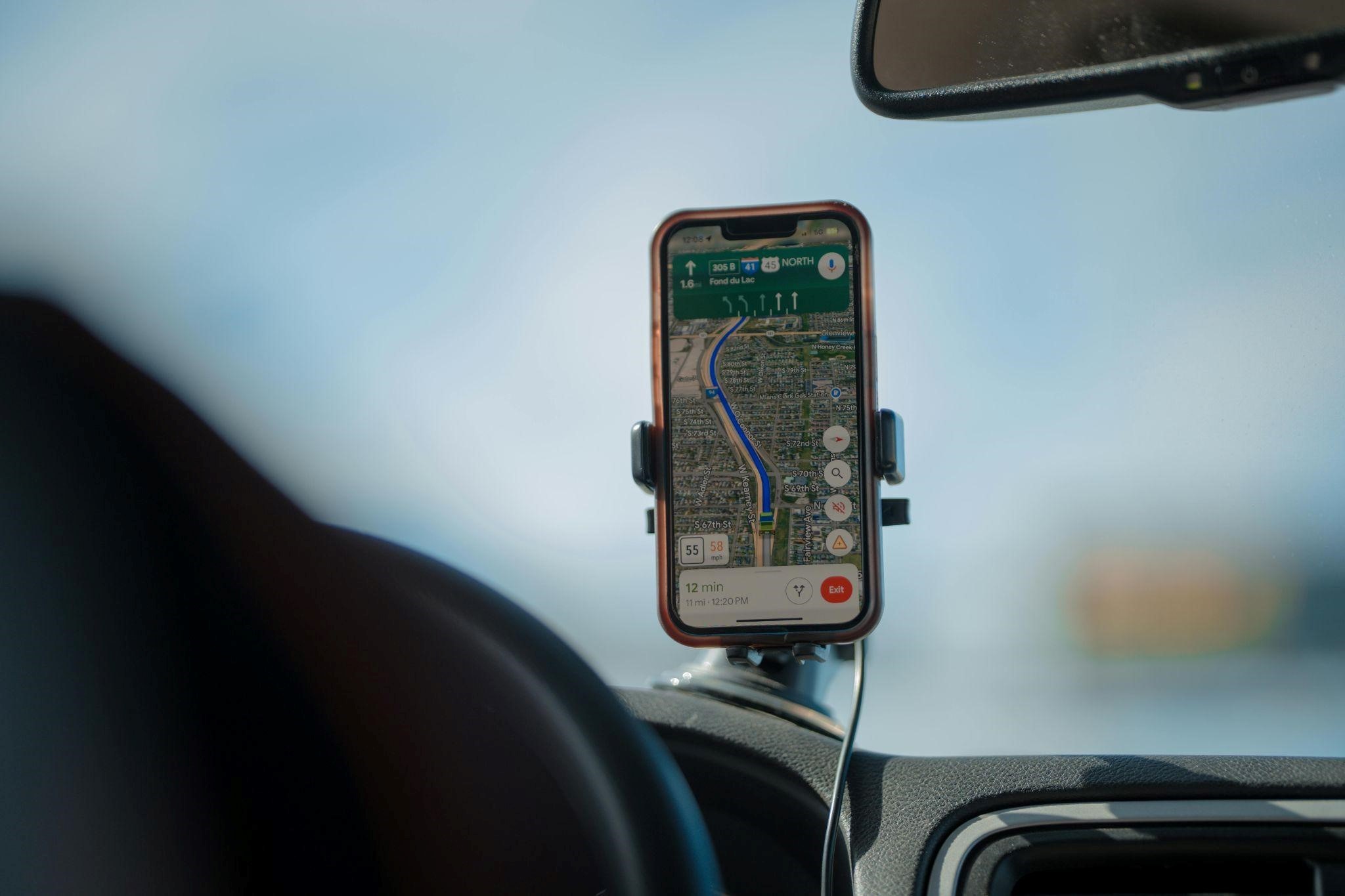The versatility of telematics-driven asset monitoring extends across a wide spectrum of industries and asset types, presenting numerous opportunities for telematic companies to cater to diverse market needs. One of the most established applications is vehicle tracking, which involves monitoring the location, performance, and driving behavior of cars, trucks, and other vehicles within a fleet. This application is crucial for optimizing routes, improving driver safety, and ensuring regulatory compliance. Equipment tracking represents another significant use case, focusing on monitoring construction equipment, heavy machinery, and other powered assets. This allows for better utilization of equipment, prevention of theft, and proactive maintenance scheduling.
Trailer tracking is a vital application within the logistics and transportation industries, enabling companies to monitor the location and status of their trailers, ensuring efficient freight movement and preventing losses. Container tracking addresses the specific needs of the global supply chain by monitoring shipping containers for their location and security throughout their journey across land, sea, and rail. This is essential for optimizing logistics, preventing delays, and ensuring cargo integrity. Personnel tracking utilizes telematics to monitor the location and enhance the safety of field workers, particularly those in remote or hazardous environments.
This can improve response times in emergencies and ensure compliance with safety protocols.
Beyond powered assets, telematics-driven solutions are also widely used for non-powered asset tracking. This includes monitoring the location and status of trailers, generators, portable storage units, and other assets that do not have their own power source. Battery-powered or solar-powered tracking devices are typically employed in these scenarios. The applications of asset monitoring are incredibly diverse, spanning industries such as transportation and logistics, construction, oil and gas, utilities, healthcare, retail, agriculture, and government. For instance, in construction, telematics can track the location and usage of excavators and cranes. In healthcare, it can monitor the whereabouts and condition of critical medical equipment. In agriculture, it can track tractors and other farm machinery, as well as monitor environmental conditions affecting crops. The adaptability of telematics allows for the development of tailored asset monitoring solutions to meet the specific requirements of virtually any industry that relies on physical assets for its operations.



